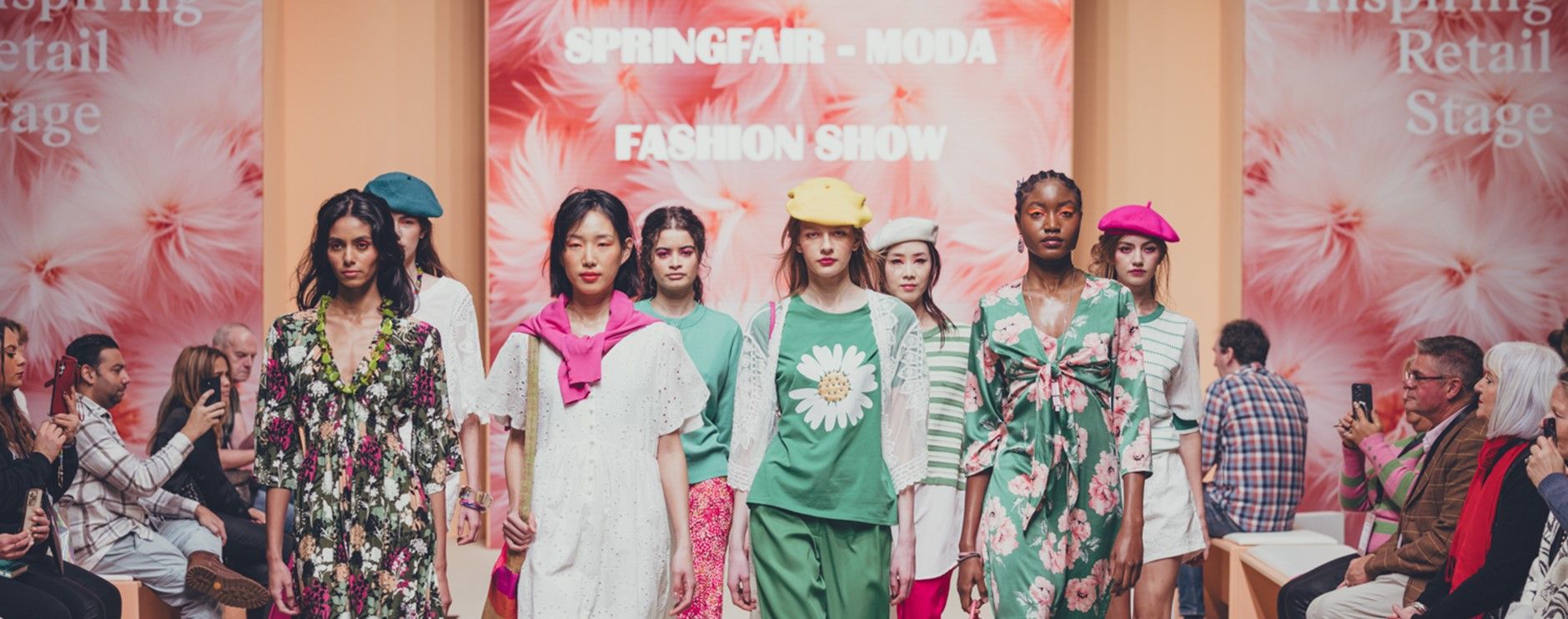FashionUnited | Trends and lifestyles: who is the new global consumer?
)
Now, more than ever, the retail industry seems obsessed with millennials. Digital retail, retail eco-design and other modern innovations indicate just how quickly the industry’s transforming. But as it changes, it also needs to know who it’s targeting to avoid errors and to continue attracting new consumers.
Planning actions knowing that they will work "safely" has almost become an enigma for retailers, but they can already take some basic principles into account. Market trends are on the rise: Amazon, T-Mall and Zalando are among the favourite platforms for new consumers who now can buy the same products from almost anywhere in the world. According to Judy A. Russell, a global marketing strategist for the nylon manufacturer, Nilit, M-Commerce (mobile-commerce) and 5G will continue to grow and accelerate the creation of new technologies for an increasingly practical, fun and fast purchase.
We can already see that Millennials, who are even better connected than their elders, receive information at extraordinary speed. They know exactly what they are buying as well as exactly what they want and when they want it.
"However, the current fashion market is confronted with production chains that still focus too much on reducing costs, hence reducing quality and transparency, which leads to a lack of consumer interest," says Russell .
What are today's consumer trends?
Young consumers live more for the present and like on-the-spot purchases. At the Mare di Moda fair held in Cannes in November, Judy A. Russell explained that they are choosing brands that offer better quality, more transparent manufacturing processes and those that focus on their values and authenticity. "Besides, if Fila and Champion are back, it's not only because the 90s are in fashion, but above all because they offer authenticity and original models that are widely sought after.
"For new consumers, comfort is more important than style. They will favour this and may use these same items at different times during the day.
”Shopping should still be fun and considered a new experience that makes people feel good. We are looking for the experience of the moment rather than the product that people will take home or have delivered."
Streetwear and athleisure are among today’s top trends. Millennials break codes and blend styles. Taking care of themselves, eating organic or vegan foods, and practicing sports or yoga every day have all become common trends that lead them to choose more casual and sporty outfits.
A new community of activists
Fashion Revolution or “fashtivism” is clearly on the rise as "slow fashion" continues to grow. At North Face, for example, the Clothes the Loop programme encourages people to leave their used clothes and shoes of all brands at US stores, where they can be recycled in exchange for a coupon on their next purchase of that brand.
Political commitment is also a trend. "Sex doesn’t sell any more, activism does," wrote The Guardian journalist, Alex Holder, in a 2017 article. In fact, in the consumer bubble, stylized slogans and politicized hashtags accompany product launches with great effect.
Globalization and new concepts of time
Amazon has sites in 16 countries and delivers its products to most parts of the world, while Zara, H&M, Primark, Mango, Levi's, Under Love or Track & Field continue to expand rapidly. “Access to fashion products is global, regardless of origin, culture or religion, and young consumers travel much more than older ones. Distances are reduced and consumption is almost in unison," Russell said.
And since the future is still impossible to predict in a changing system, retailers must react quickly. Some like Burberry or Tom Ford have opted for the "See now, buy now" concept, where consumers can buy directly what they see during fashion parades instead of having to wait several months. Others resist. For luxury brands it can be difficult in the face of a constant demand for novelties and the long manufacturing cycles required to create rich fabrics or hand-sewn bags.
From short to long production cycles, if retailers are to prosper they must position themselves in a world where polarities are increasingly marked, and one that gives access to two completely different ways of consumption.
Head to FashionUnited.uk to read more.


